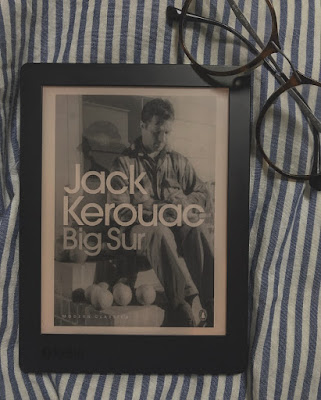Confined with the Bard

Hello and welcome back to The Young Reader’s Review ! Since it has been a long time since my last post (mostly due to preparation for exams, which have been, anti-climatically, canceled), and everybody seems to have more free time to melodramatically contemplate what could have been, all the unfulfilled possibilities of life, and to stare at the outside world with a melancholic tune playing in the background, having read the 45th article on how Shakespeare wrote King Lear in confinement during the 1606 plague, and how this entire situation actually a blessing in disguise. Well, perhaps we aren’t William Shakespeare, but why not turn towards the Bard in these uncertain times (If we are going to be dramatic, we might as well do it in the right way, I suppose)? Going to begin (hopefully) an English degree this autumn, I was thinking that it would come to use to have read all of Shakespeare’s plays, first attacking the very much eschewed Shakespeare's "histories"- a...





